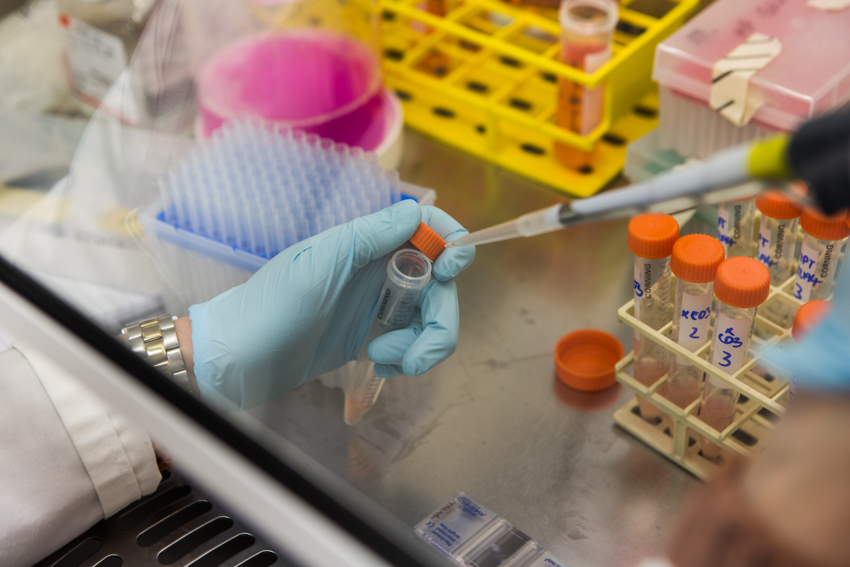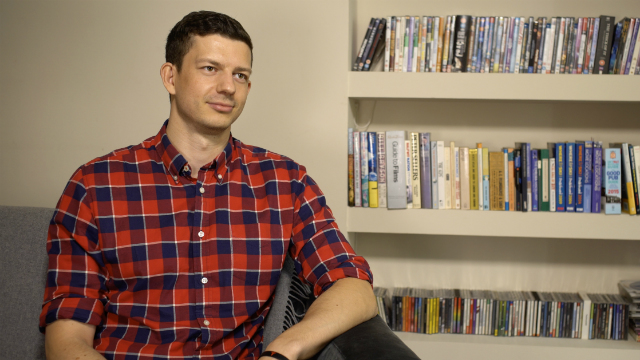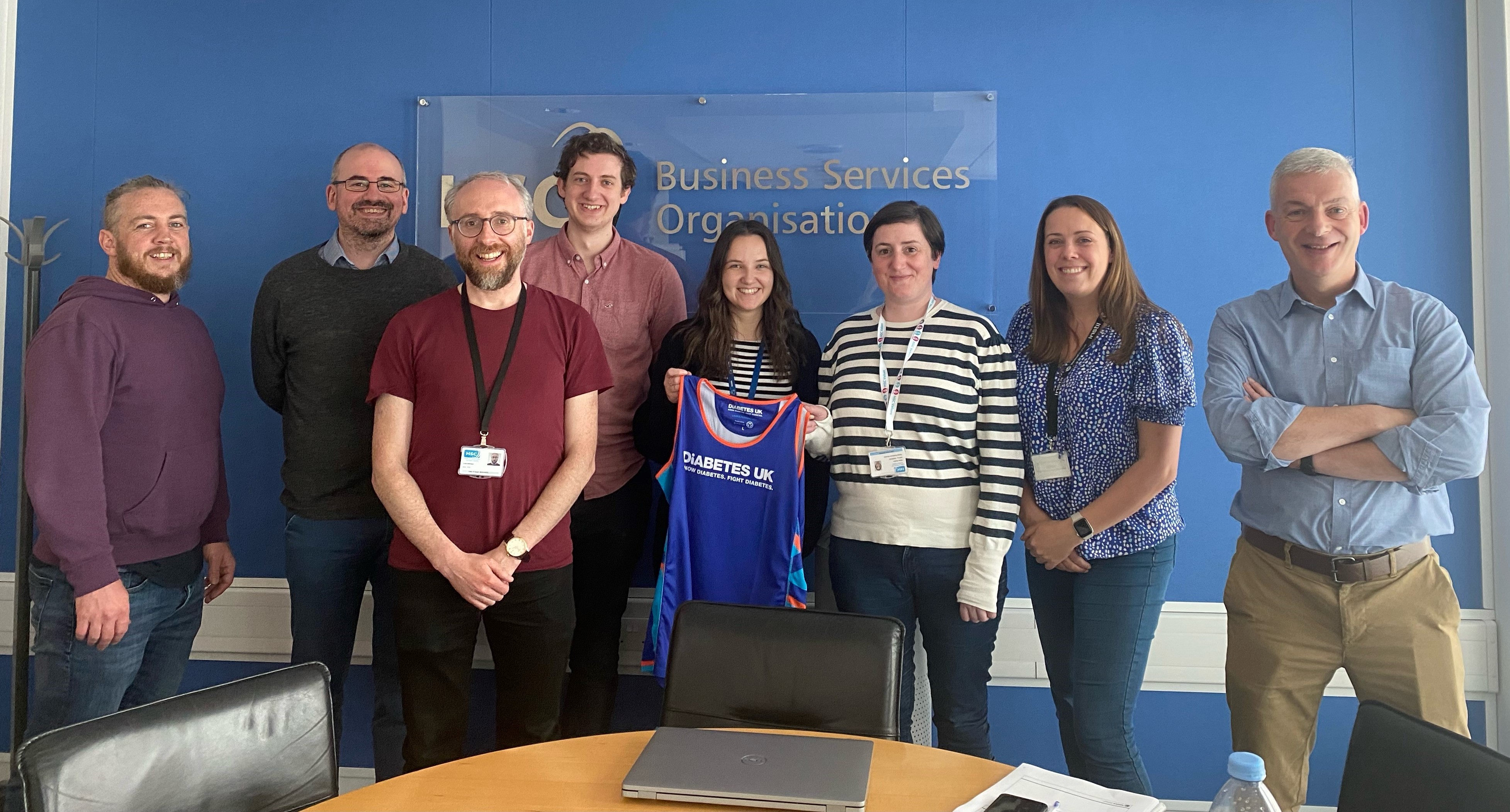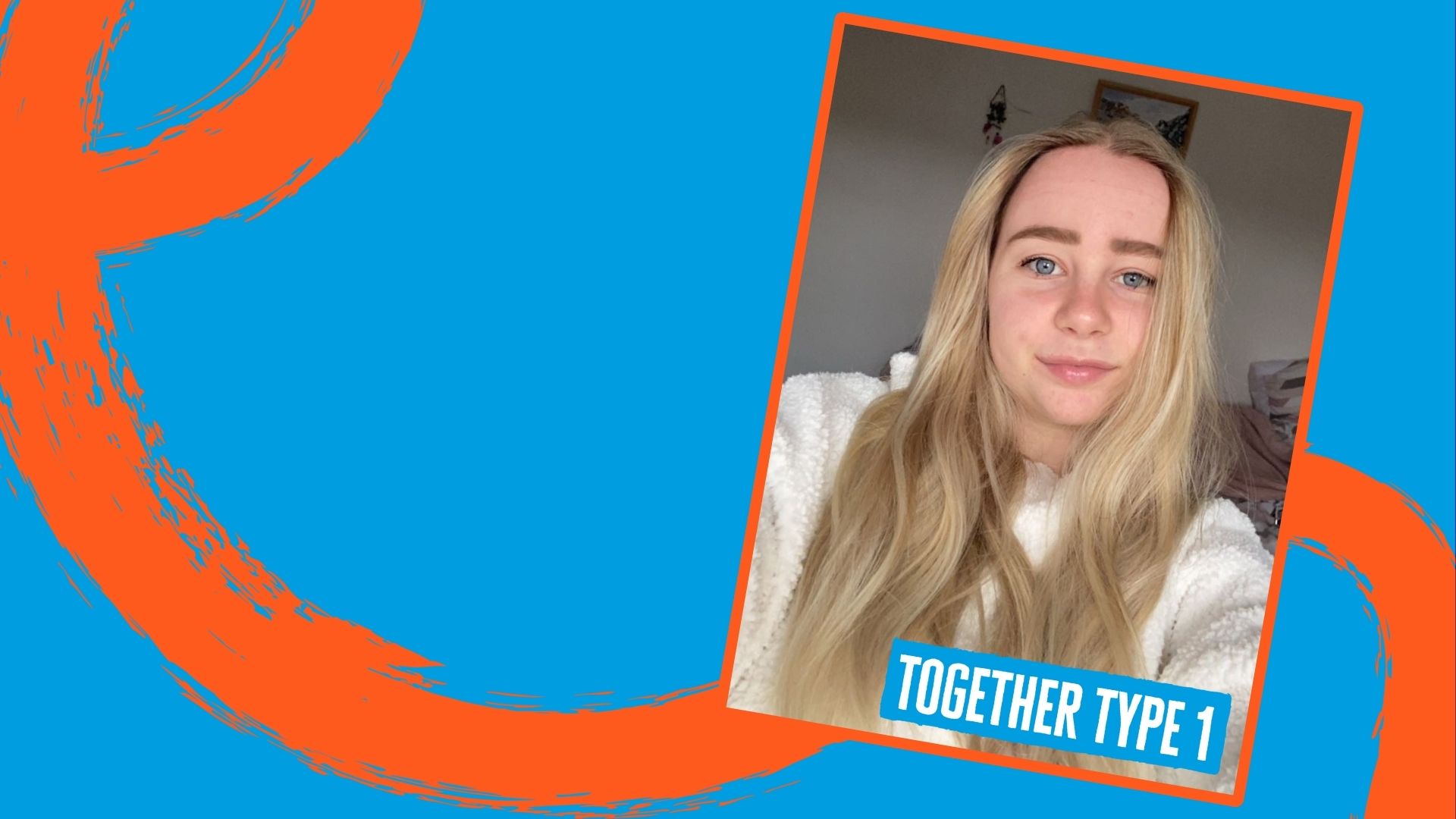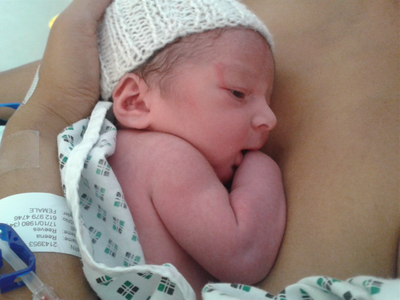
Reena
Diagnosed age 34 while pregnant with daughter.
My symptoms of gestational diabetes came on so suddenly – it was a real shock.
Reena didn’t have any noticeable signs or symptoms of gestational diabetes when she was diagnosed at 28 weeks pregnant. Not long after diagnosis, she started to experience some of the signs of diabetes, including extreme thirst and tiredness. At the start, she was able to manage her blood sugar levels with changes to her diet and physical activity. But after a while, she found that she couldn’t manage her blood sugar levels by this alone.

